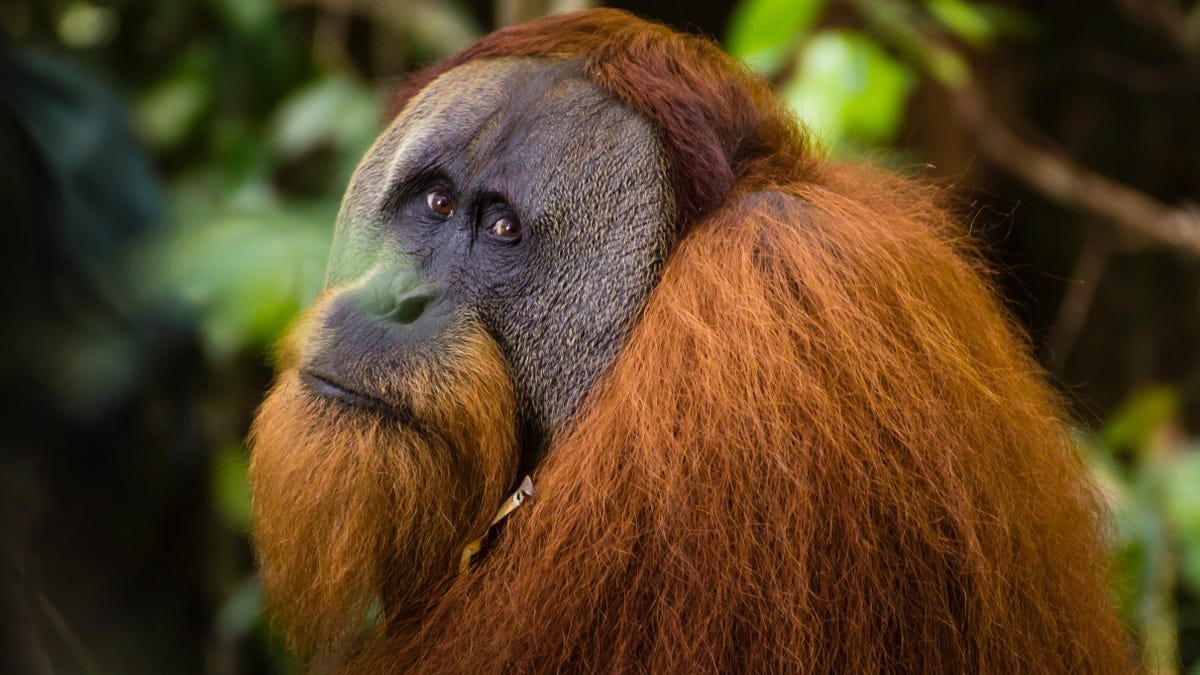Announced in 2021 as Protected areaRefuge Animals of Sabalos del Gecki Shows all abundance nature To which she owes part of her fame zapata swamp, The largest and best preserved Caribbean island wetlands.
It is an area that includes various semi-deciduous forests, petens (vegetal formations surrounded by water), grassland ecosystems, and sinkholes (depressions in karst terrain) that are flooded within peat-abundant soil and surrounded by mangroves.
As early as 1920, the eminent Cuban scientist Juan Tomás Ruigi, on an expedition, reported in Sabalos del Jique the presence of several species of great botanical interest, such as Pyhaemia ruigi, endemic to this area, and there are also other rare species in the great wetlands And the rest of the country.
It is currently known as a feeding and breeding scene for endemic fauna, including the long-tailed hawk, cats, parrots, partridge pigeons, jutía conga, carabalí, majá de Santa María, and a unique invertebrate: the ant Leptothorus nigricans, found only in the Los Sabalos area.
It is one of five protected areas that include the vast Zapata Swamp, an area located in the south of Matanzas province, about 180 kilometers southeast of Havana, and falls under the category of national park.
According to Oscar Verdial, a specialist at the wetland conservation company Ecozienzap, Sábalos del Jiquí is not only distinguished by its natural values; It was used by black slaves who escaped the surrounding sugar mills and found refuge in the dense forests.
Its natural landscape and historical importance make the area an ideal place to practice ecotourism, also called nature tourism, which invites the visitor to enter a truly unique place guided by signs made from sustainable materials.
You can virtually travel back in time by walking the eco-archaeological trail to learn about the customs and burials of the pre-Mesozoic communities, also known as Cuban Siboneys.
A trail with self-guided interpretive elements allows hikers to contemplate exclusive species such as the Zunzuncito (Mellisuga helenae), the jewel of Cuban ornithology, known as the smallest bird in the world.
First introduced during the international nature tourism event Turnat, in its 2019 edition, the trail is accessible for people with physical and mobility disabilities because it has paths with slopes.
Tour operators, travel agents and experts recognize the quality of the tourism product created in Sabalos del Jique, while environmentalists appreciate the respectful treatment of the environment.





